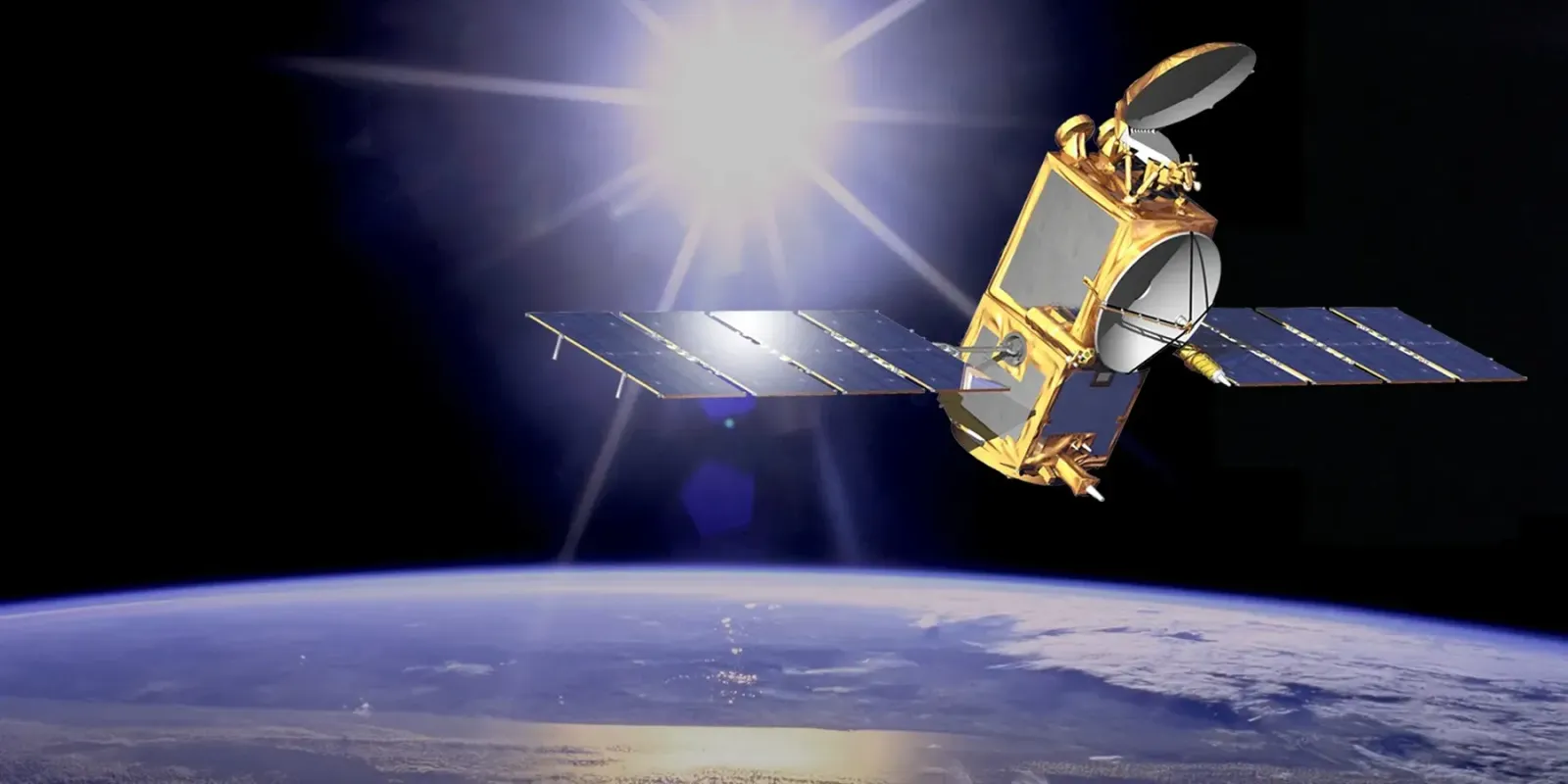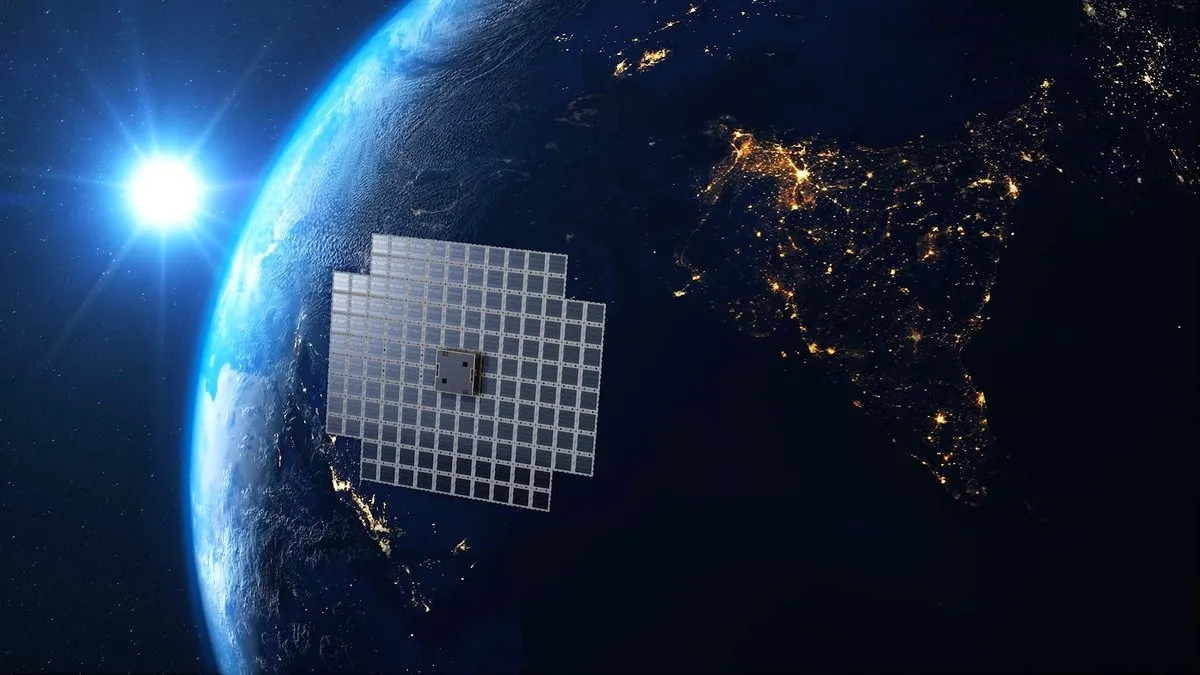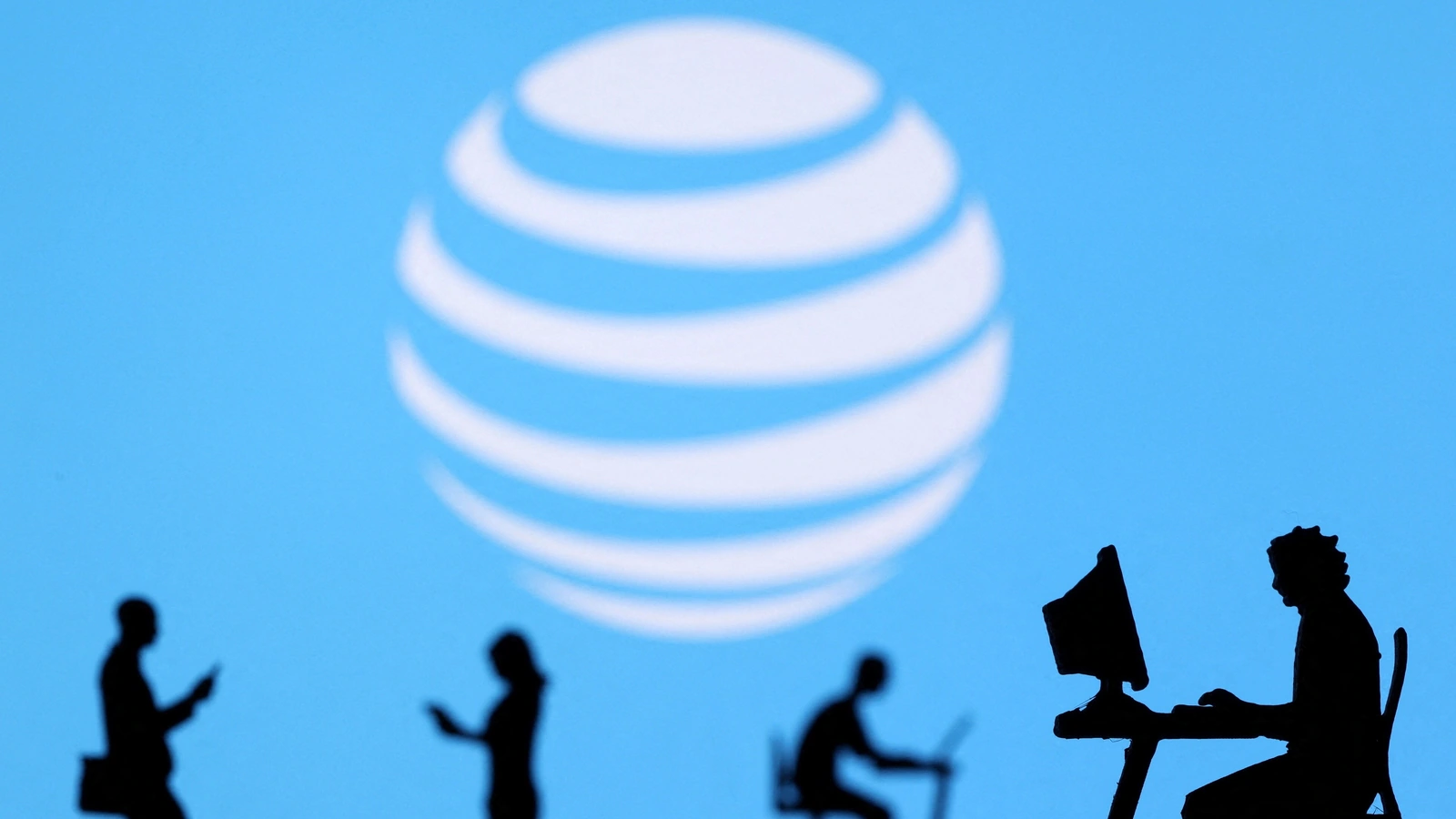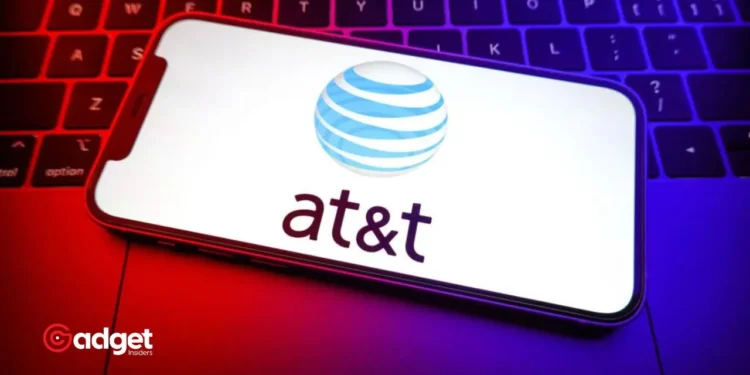In a bold move set to transform the telecommunication landscape, AT&T has announced a strategic partnership with AST SpaceMobile. This collaboration aims to pioneer a satellite-to-smartphone service, marking a significant leap toward universal connectivity. This service promises to deliver robust cellular connections directly from satellites to smartphones, bypassing traditional signal towers.

The Dawn of Direct Satellite Communication
Since 2018, AT&T has been closely working with AST SpaceMobile, a company that stands as a formidable competitor to SpaceX’s Starlink. The partnership was solidified under a Memorandum of Understanding and further strengthened by a series of successful tests last year.
AST SpaceMobile launched a prototype that achieved a download bandwidth of up to 14Mbps, along with supporting voice calls, texts, and video calls over 4G LTE and 5G networks. Despite not having launched a production satellite yet, the results from the prototype have filled AT&T with confidence.
The company is optimistic about AST SpaceMobile’s capabilities in providing fast and reliable internet service across the globe. In a significant endorsement of this technology, AT&T invested $110 million in AST SpaceMobile in January, with additional backing from tech-heavyweight Google.
AT&T cuts a deal to launch satellite-to-smartphone service soon https://t.co/TaOrfC5m0D pic.twitter.com/igK4VaM4rp
— Seeker by The Verge (@Seeker) May 15, 2024
Preparing for a Space-based Network
The journey to a full-fledged satellite-to-smartphone service is on track, with plans to deliver the first commercial satellites to Cape Canaveral for launch into low Earth orbit. These initial five satellites are expected to enable the beginning of the service as demonstrated in the tests.
This venture, under a commercial agreement extending until 2030, seeks to establish a “space-based broadband network to everyday cell phones,” ensuring that users in remote and rural areas can access high-quality cellular connections just by having a clear view of the sky.

Setting the Stage for a Competitive Market
AT&T is not alone in its quest to integrate satellite connectivity into everyday mobile services. Major players like T-Mobile and Verizon have also entered agreements with SpaceX and Amazon respectively to develop similar technologies.
Additionally, Apple has been a pioneer in embedding satellite connectivity in its iPhones, setting a precedent for other companies to follow.

What This Means for Consumers
The implications of satellite-to-smartphone technology are profound. This development not only promises enhanced connectivity for underserved areas but also poses a competitive challenge to traditional network providers.
As we edge closer to AT&T’s service launch, the telecommunications industry watches eagerly, anticipating how this technology will reshape connectivity norms. The date of the launch remains unspecified, but the anticipation is palpable, hinting at a new era where the sky is literally the limit for cellular connectivity.









